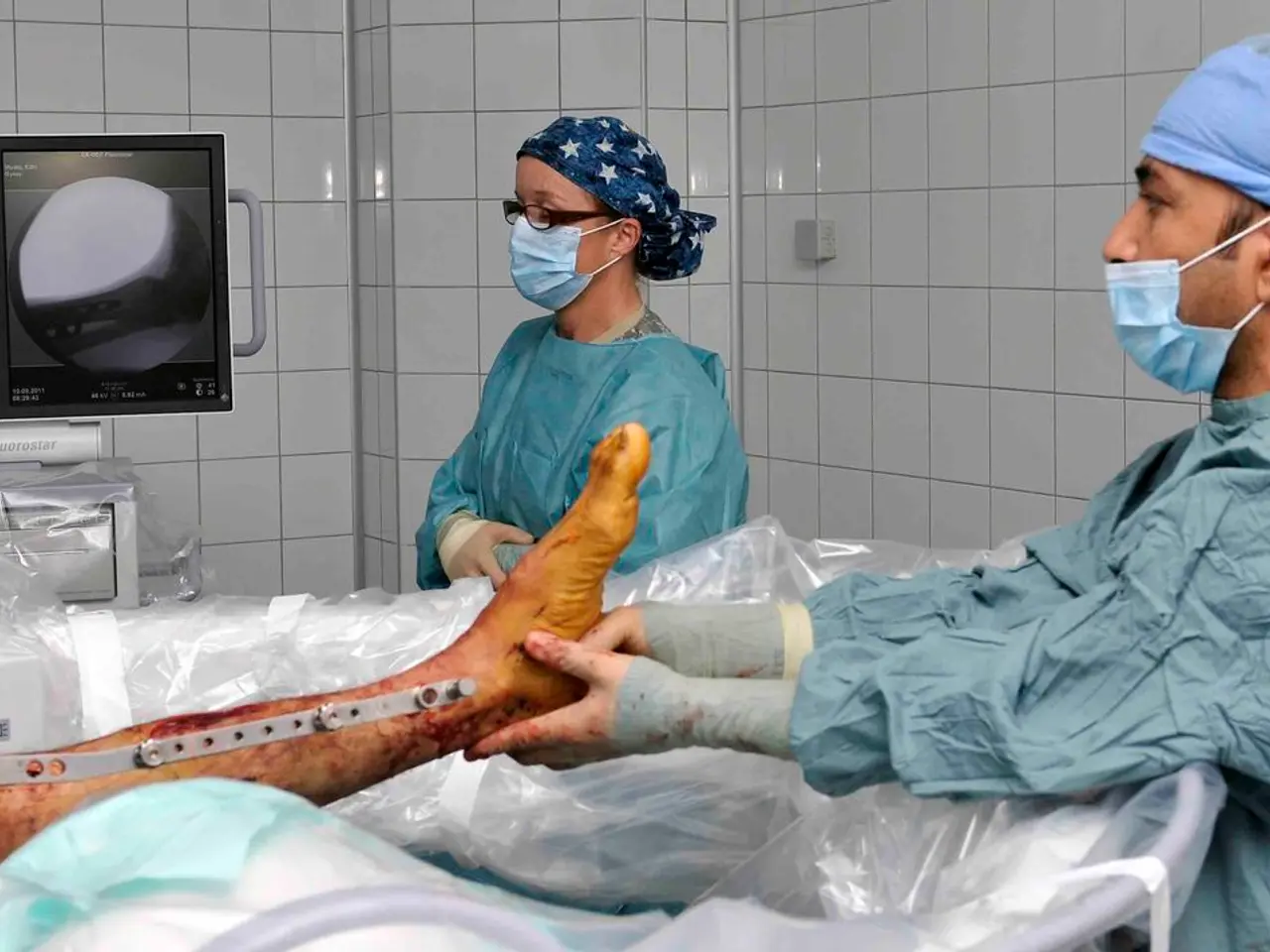Sinus X-rays: First Line of Defense in Sinusitis Diagnosis
Sinusitis, a common condition affecting millions, often begins with a stuffy nose and thick nasal secretions. When symptoms persist, a sinus X-ray may be ordered. This simple, radiation-based imaging test helps detect inflammation or fluid buildup in the sinuses.
Sinus X-rays are typically the first line of imaging for suspected sinusitis. They are quick, easy, and require no preparation. However, they may not provide the same level of detail as more advanced imaging techniques. For a more comprehensive view, a CT scan might be recommended. CT-Imaging offers significantly higher resolution, enabling accurate detection of mucosal thickening, fluid, and complications. It can also distinguish between acute sinusitis, chronic changes, and other pathologies that X-rays might miss.
During the test, a lead apron is worn to protect from radiation. The patient must remain still while the X-ray is taken. Other tests may include nasal endoscopy, blood tests, MRI or CT scan, and sinus puncture for bacteria culture. Sinus X-rays carry a small risk of overexposure and birth defects if the patient is pregnant.
Sinus X-rays are a standard, radiation-based imaging test used to diagnose sinus problems. They are quick and easy but may not provide the same level of detail as more advanced imaging techniques like CT scans. Other tests may be required for a comprehensive diagnosis. If you're experiencing symptoms of sinusitis, consult your healthcare provider for appropriate evaluation.
Read also:
- Is it advisable to utilize your personal health insurance in a publicly-funded medical facility?
- Dietary strategies for IBS elimination: Aims and execution methods
- Benefits, suitable dosage, and safety considerations for utilizing pumpkin seed oil in treating an overactive bladder
- Harmful Medical Remedies: A Misguided Approach to Healing






